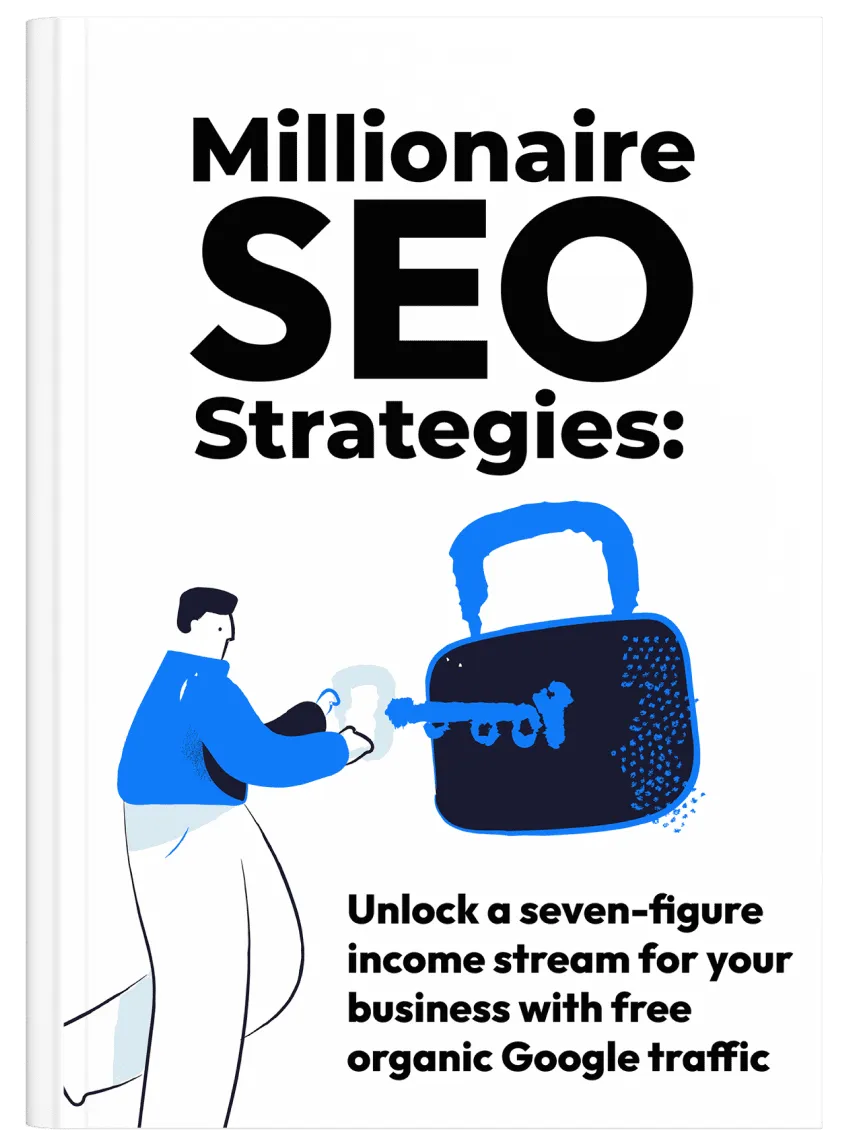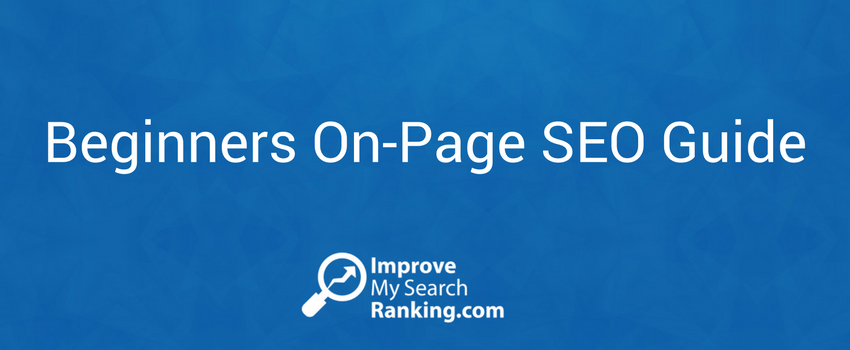
3 Important Things to Do After Writing a Blog Headline
Writing headlines for blog posts is as much an art as it is science now. There are certain techniques and strategies that popular bloggers use to improve their blog headlines by 10x. If you are not using those strategies, you may be missing out on a lot of traffic.
The attention span of an average human online reader is now just 8 seconds. In comparison, the average attention span of a goldfish is 9 seconds. In a world where attention and focus are fast becoming scarce, and there is way too much content online for a person to consume in his entire lifetime, the importance of effective and well-crafted headlines cannot be neglected.
Beware, this blog post isn’t entirely focused on “how to write a good headline”. The blogosphere is already full of such content.
In this blog post, however, we highlight three important things to do after writing a blog headline. What most bloggers do is that they write a headline and they jump on publishing the post right away. They don’t take a few minutes of their time to evaluate whether their headline is good enough or not.
This blog post focuses on what you should do in the time between writing the headline and publishing your post.
1. Analyse If It’s Emotional Enough
Every blog post you write and publish should trigger certain emotions in your readers. Those emotions could be love, sympathy, fear, anger, hope, etc. On the contrary, if your posts are not triggering the right emotions, your readers will not be encouraged enough to take the action you want them to.
However, the biggest talking point here is that nobody reads an entire blog post to see how good it is. They perceive and judge the quality of a post by reading its headline. If the headline triggers the right emotions, the reader instantly forms an opinion that the post would also be a good one.
So, in summary, the headline of your blog post must trigger the right emotions. And how do you analyse if it’s emotional enough?
Well, now we have tools for everything. What an exciting time to be alive!
Try the Emotional Marketing Value Headline Analyser. It’s a free tool that helps you gauge the emotional power of your headline.
Once you finish writing the headline you want to go with, just run it with this tool. It will take you less than a couple of minutes to evaluate if your headline needs any editing to be able to trigger more emotions.
2. CoSchedule Headline Analyser
Another very good tool that I’d recommend is the CoSchedule Headline Analyser. While the first tool specifically focuses on the emotional value of a headline, CoSchedule Headline Analyser evaluates a headline in its entirety.
What I recommend is to combine the power of Emotional Marketing Value Headline Analyzer and CoSchedule Headline Analyser to craft a much more powerful heading for your blog post that is emotional, more clickable, as well as engaging.
One very good thing about CoSchedule Headline Analyser is that it evaluates a headline on the basis of how it is written in comparison with popular headline structures, such as “How To”, “Questions”, and “List-Based” headlines.
The free tool then assigns a score to your headline which you can aim to improve.
3. Power Words
Last, but not the least, take some time to find ‘power words’ for your headline. More often than not, when we write a headline for one of our blog posts, we forget to add effective power words.
What are power words?
Power words are just that — words that are very powerful to read. These power words are often the difference between a good headline and a great headline that brings in thousands and thousands of traffic visitors.
Jon Morrow of SmartBlogger (previously known as Boost a Blog Traffic) has compiled a list of 317 power words. Additionally, Buffer has also crafted their own list of 189 powerful words that can significantly improve a headline.
I’d recommend going through that list — whenever you are about to finalize a headline — and pick the best possible and most appropriate power word to include. As mentioned earlier, it can make all the difference in the effectiveness of your headline and the traffic your blog post eventually generates.
In Conclusion
80% readers just read the headlines. So, it makes sense to invest most of your time in crafting the perfect headline for your blog post. Otherwise, no matter how good your post is, it will not be able to gather the traction, views, and social media shares it may deserve.
The three steps mentioned in this blog post should take no more than fifteen minutes. However, doing so can easily improve the headlines you write by as much as 10x.








